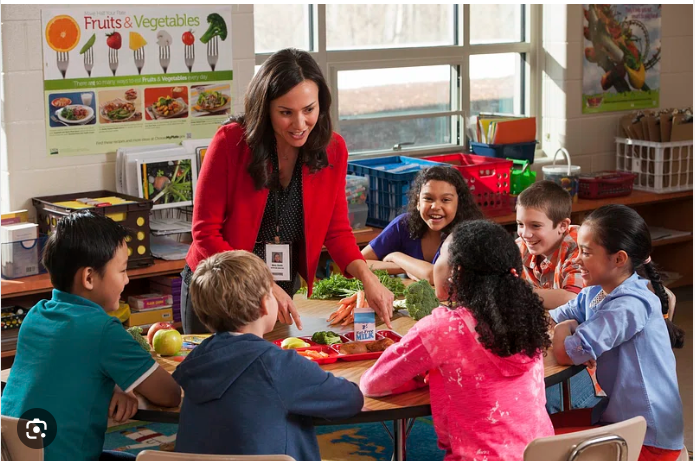We were warned, but the warning was ignored. With the pandemic still raging, a comprehensive study by the UN cultural agency, titled “One year into Covid: Prioritizing education recovery to avoid a generational catastrophe” rang the alarm.
Even before the pandemic, the UNESCO global report pointed out that the number of children lacking basic reading skills was on a downward curve.
In one single year the global figures of children with reading difficulties had gone up by more than 20 per cent, jumping to 584 million in 2020. The rise had wiped out two decades of educational gains. The response of governments and public opinion was inadequate or non-existent. Tablets and video games, it was assumed, would fill the vacuum of physical schooling lockdowns. Then, once the pandemic was gone, learning indicators would gradually catch up.
Except that they didn’t. Homeschooling, as a recent study notes (Vijayakumar and Lawrence, How Real Is the Indian Education Field, 2021), since schoolchildren are mainly alone, may cause negative long term consequences. Young children, lacking peer socializing, may grow more dehumanized and isolated into adulthood. Their interaction with teachers and students may suffer. At the same time, technology may deteriorate students’ reading and writing skills.
“!Estamos fregados! In these scathing words that do not require a translation, a Mexican talk-show host commented the disappointing performance of North American students – Canada excepted – in the 2022 Program for International Student Assessment (PISA for short), just published now by the OECD – one year late because of the Covid disruption.
The triennial test on 15-year-old students, conducted in the 38 member states of the Paris-based Organization for Economic Cooperation and Development, allows us to compare the educational performance in each country using uniform criteria.
In Mathematics, the 395-point score of Mexico is particularly bad, way behind the 441 points of Ukraine, and worse than Serbia, Greece, Romania and Bulgaria. But the main shock is the drop of the United States. In math the American superpower, with its prestigious world class universities is unexpectedly relegated in the “below average” section of the report: with a measly 465 points, barely ahead of Slovakia, Iceland and Israel.
Right at the top: the clear winner is Singapore with 575 points, followed by Macao with 552 (China is not an OECD member), Hong Kong, Japan and South Korea. Moving westwards the best performers are Estonia, Switzerland, Canada, the Netherlands, Ireland, the UK, Poland and Finland. In the Southern Hemisphere Australia and New Zealand also manage to stay in the first group. At around 475 points we find the ones that stagnate – another negative surprise – a group including Lithuania, Germany, France, Spain, and Italy.
The new PISA report also compares the reading abilities and performance in science. In both areas, the Asian countries stay at the top and the Europeans are struggling. Now an urgent question arises.
How concerned should we be that 15-years olds in 2022 are likely to be less proficient in math, reading and science? Policymakers, the PISA survey replies, ignore education at their peril. “Because our schools today are our economies, societies and democracies of tomorrow”.












